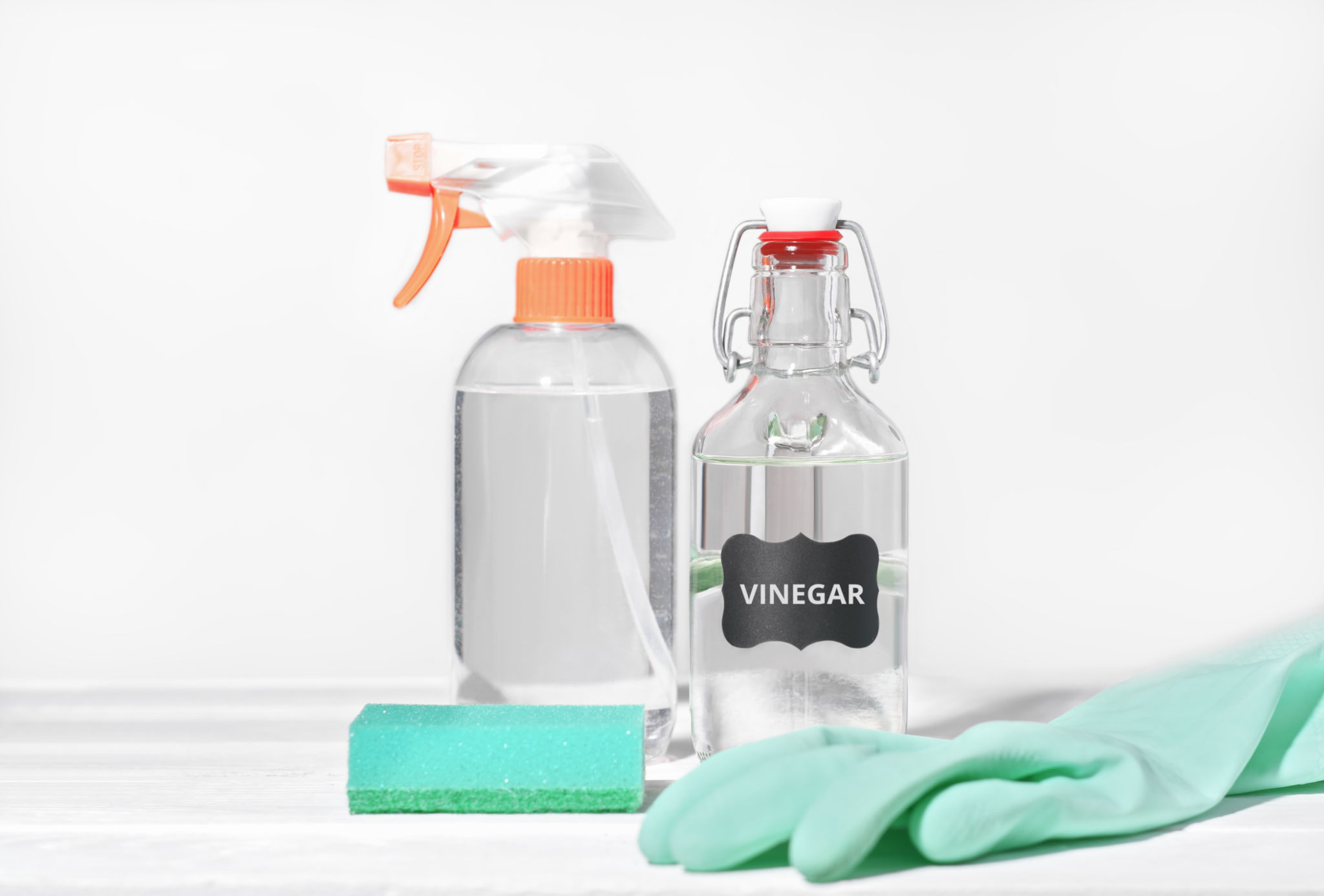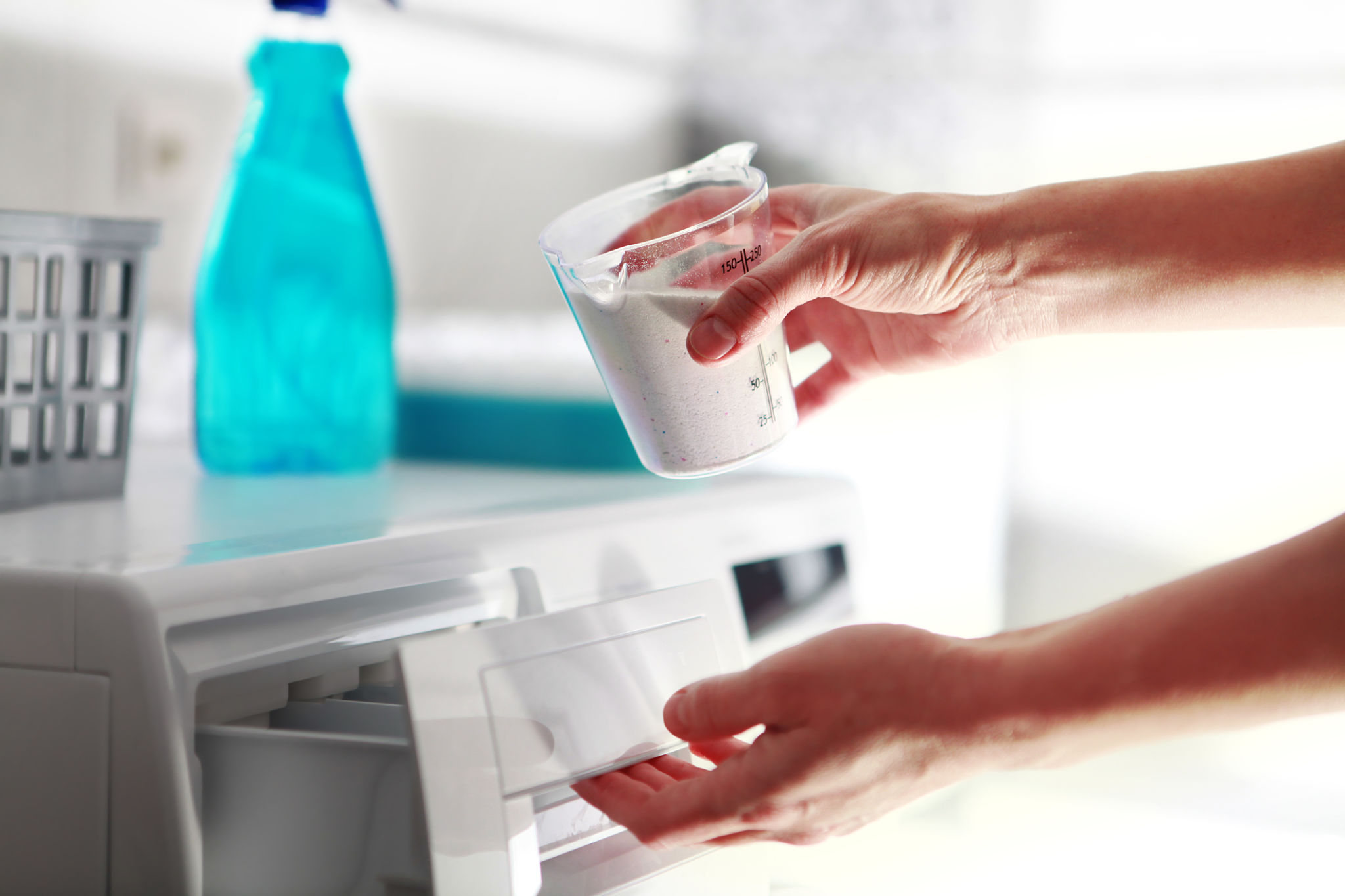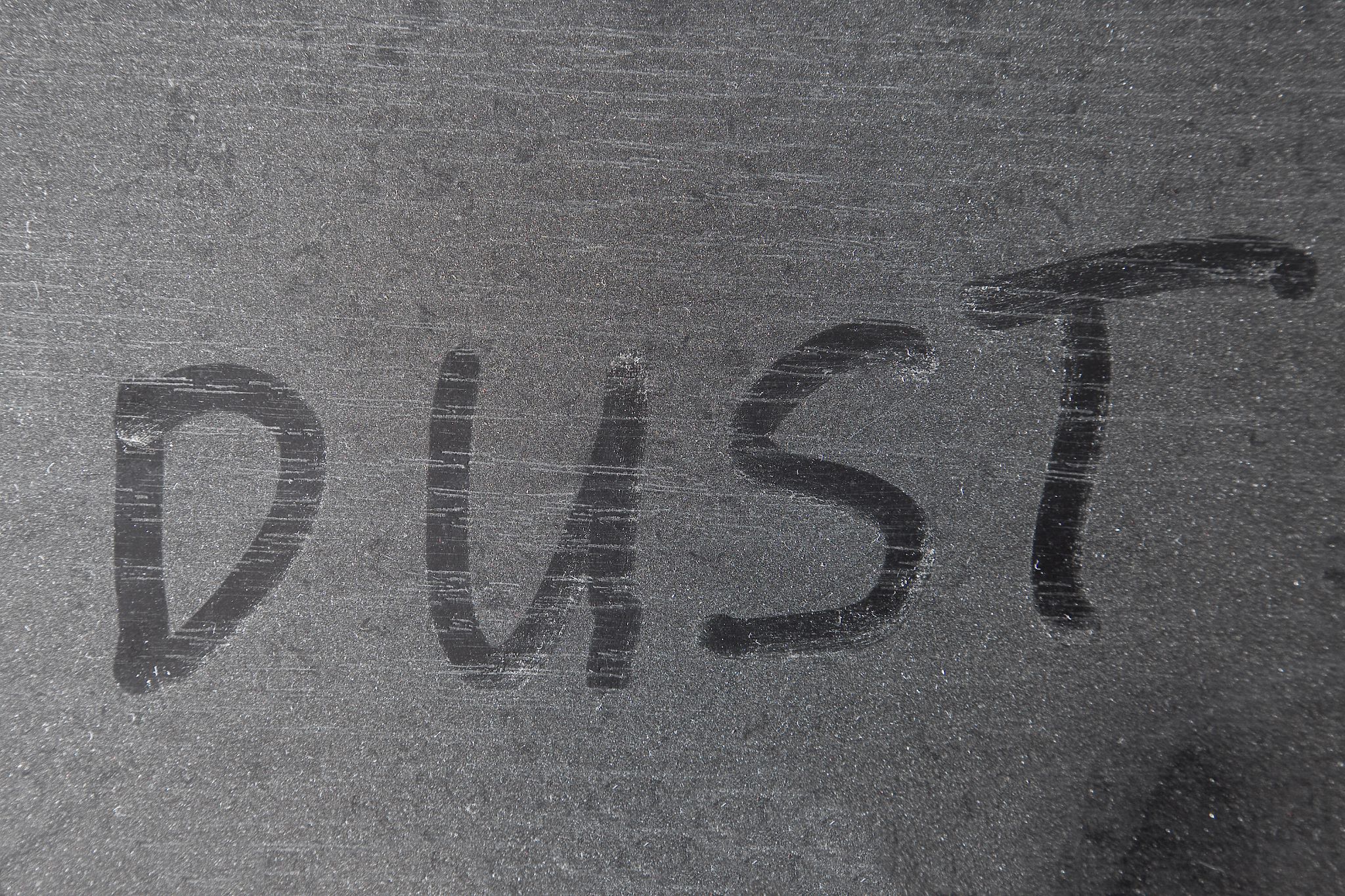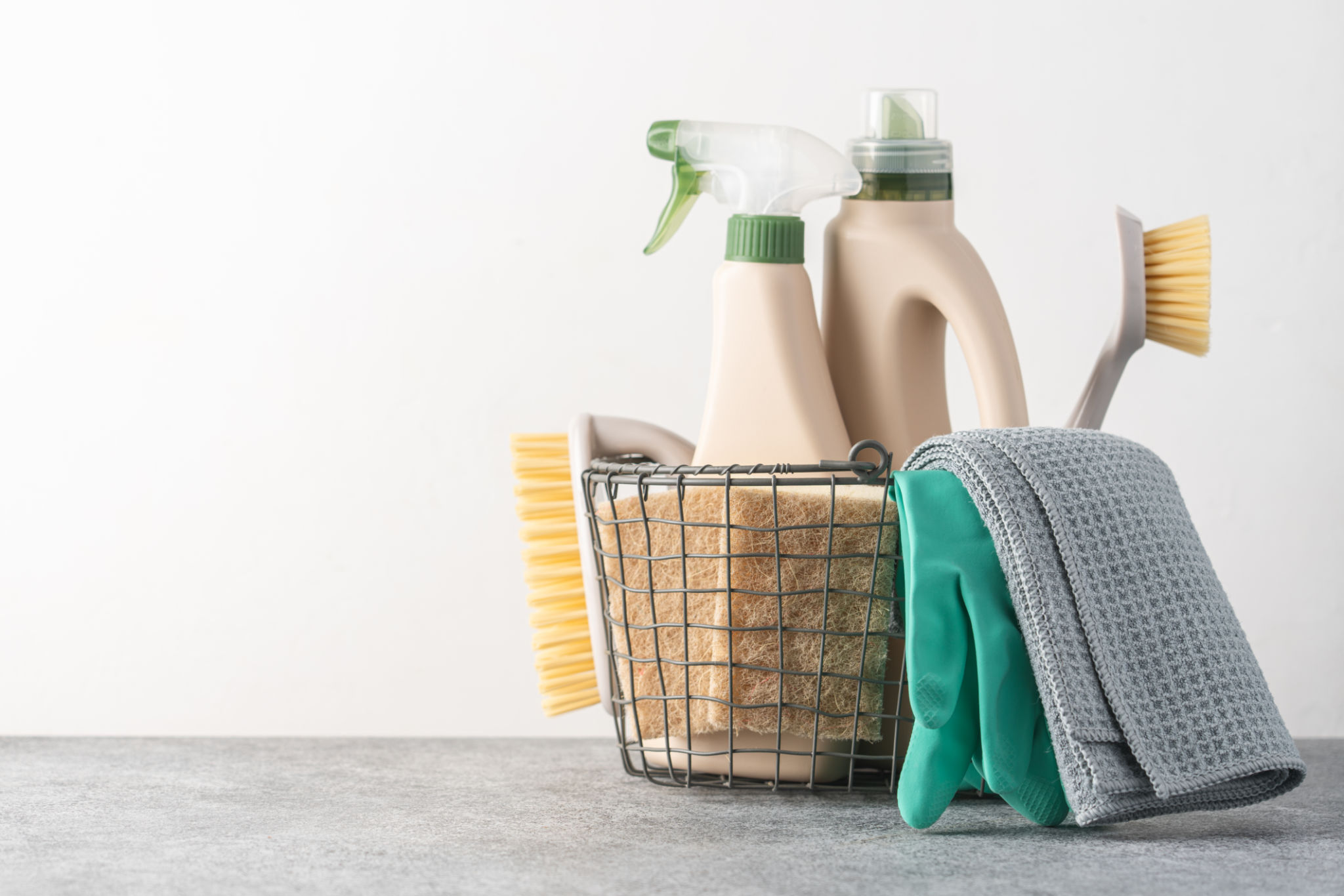10 Common Cleaning Myths Debunked by Experts
Myth 1: Vinegar is a Universal Cleaner
Vinegar is often touted as a cure-all for cleaning woes, but experts clarify that this common household item isn't suitable for everything. While it's excellent for removing odors and cutting through grease, vinegar can damage porous surfaces like granite and marble. It can also dull hardwood floors over time.

Myth 2: Bleach Cleans Everything
Bleach is a powerful disinfectant, but it doesn't actually clean dirt or grime. It's effective at killing germs and whitening surfaces, but it should always be used in conjunction with a detergent to remove visible debris. Additionally, bleach should never be mixed with other cleaning agents, as this can produce toxic fumes.
Understanding Bleach Limitations
Using bleach on certain materials like stainless steel or fabrics can cause damage or discoloration. It's important to follow instructions and use it only where appropriate to ensure both your safety and the longevity of your belongings.
Myth 3: More Detergent Equals Cleaner Clothes
Contrary to popular belief, using more detergent does not result in cleaner clothes. In fact, excess detergent can leave a residue on garments and clog washing machines. Experts recommend following the manufacturer's instructions on detergent amounts for optimal results.

Myth 4: Newspapers Are Perfect for Cleaning Windows
This old-school trick is often suggested for achieving streak-free windows, but modern newspapers are made with different materials that can leave behind lint or even scratch glass. Microfiber cloths are now the preferred choice for window cleaning, providing a spotless finish without the mess.
The Evolution of Paper Products
As newspaper production processes have changed, so have the materials involved. It's best to adapt your cleaning routine to utilize more effective and gentle tools available today.
Myth 5: Dusting Sprays Keep Surfaces Cleaner Longer
Dusting sprays may give surfaces a shiny appearance initially, but they can also attract more dust over time due to the oily residue they leave behind. A microfiber cloth used dry or slightly dampened with water is often more effective at capturing dust without leaving residue.

Myth 6: Carpets Need Frequent Shampooing
While regular cleaning is essential for maintaining carpets, over-shampooing can lead to an accumulation of soap residue which attracts more dirt. Instead, experts recommend vacuuming regularly and scheduling professional cleanings every 12-18 months.
The Importance of Carpet Care
Proper carpet maintenance not only extends its life but also improves indoor air quality by eliminating dust and allergens trapped within fibers.
Myth 7: All Green Products are Safe and Non-Toxic
While eco-friendly products are generally safer, it's crucial to read labels carefully. Some products labeled as "green" may still contain chemicals that can be harmful if ingested or misused. Always ensure that any cleaning solution is appropriate for your specific needs and environment.

Myth 8: Baking Soda Can Clean Everything
Baking soda is a versatile cleaner but isn't a one-size-fits-all solution. It works well as a deodorizer and mild abrasive but may not be strong enough for heavy-duty cleaning tasks like mold removal or grease stains.
Knowing When to Use Baking Soda
Understanding the strengths and limitations of baking soda ensures that you use it effectively without over-relying on it for tasks beyond its capacity.
Myth 9: Air Fresheners Clean the Air
Air fresheners mask odors but do not actually clean the air. They can introduce chemicals that may degrade indoor air quality. Using natural ventilation like opening windows is more effective in improving air quality.

Myth 10: More Scrubbing Means Better Cleaning
While elbow grease is important, excessive scrubbing can damage surfaces or spread dirt instead of removing it. Using the right cleaner and technique for each surface ensures efficiency without causing harm.
Smart Cleaning Techniques
Understanding the appropriate level of pressure and using the correct tools helps maintain cleanliness while preserving the integrity of your home’s surfaces.